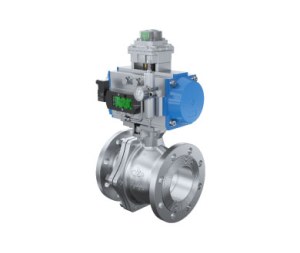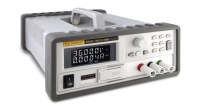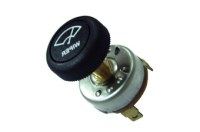High pressure flanged ball valves is a kind of ball valves which can operate at Class 800lb-Class 3500lb without the valve body getting damaged. It's strong enough to withstand high pressure and temperatures. Also it's durable which makes them able to retain their high quality even when used for many cycles. Generally made of metallic materials such as stainless steel and alloy steel materials. High-pressure ball valves use a ball with a hole at its center to open or close the fluid flow. The ball makes a quarter turn or 90o angle to either allow or block fluid flow. When the hole on the ball is in line with the fluid flow, the valve is open. It's closed when the ball is pivoted at 90o using a handle or actuator.
High Pressure Ball Valves For Sale
Our High Pressure Ball Valves offer totally enclosed soft seating, which gives the valve a positive sealing, and low operating torques across the whole pressure range. Unlike our low pressure ball valves, our High Pressure Ball Valves are capable of withstanding ratings up to Class Class 800lb-Class 3500lb, and are recommended for use in the Oil, Gas and Petrochemical industries and for many process fluids including hydraulic oils. The valve body of the high pressure ball valves is available in both carbon steel and stainless steel. The end connections are NPT standard but can be ordered with SAE or BSP threads. The valve is full port and is available in sizes to 2”.
Electric High Pressure Ball ValveElectric High Pressure Ball Valve
High or Low Pressure?
As the name suggests, Low pressure ball valves and high pressure ball valves have different operating pressure range. The operating pressure range of high pressure ball valve is generally 10MPA-80MPa, and the operating pressure range of low pressure valve is <10MPa. They differ in materials, design details, and application areas due to different operating pressure ranges. High pressure ball valves are generally made of alloy steel, stainless steel and other materials, low pressure ball valves are made of cast iron, carbon steel and so on. High pressure ball valves are usually used in high temperature and high pressure operating environments of the oil, natural gas and chemical industries, while low pressure ball valves are generally used in ordinary low pressure operating environments and water conservancy fields.
FAQs of High Pressure Ball Valves
Seat leakage
Dirt around the seat.
Clean/remove the dirt.
The seat is damaged.
Replace the seat.
Try to determine the cause of damage to prevent it in the future.
Leakage through the body
The body is damaged.
Repair or replace the body accordingly.
The body gasket is damaged.
Replace the gasket.
Loose connections on bolts, nuts, screws, threads.
Tighten the connections accordingly.
Leakage through gland packing
Loose gland bolts.
Tighten the bolts with the recommended torque.
Worn out gland packing.
Replace the gland packing.
Leakage through the stem
Broken stem.
Remove the stem for inspection.
If damaged, replace as necessary.
Stem O-ring damaged.
Inspect the O-rings and if damaged replace them.
Damaged ball.
Replace the valve ball.
Handle or actuator not working
Internal obstruction or build-up of debris.
Dismantle the high-pressure ball valve for inspection of the handle/actuator mechanism.
Remove/clean debris blocking the closing/opening mechanism.
Chemical damage on handle/actuator mechanism.
Inspect the valve opening/closing mechanism for chemical compatibility with the media.
Replace/repair damaged components.
Broken handle.
Replace the handle.
There are many butterfly valves suppliers, but we are one of the best choices for you.
Location : Room A086, No.2 Bonded Port Area, Xinyingwan District, Yangpu Economic Development Zone, Hainan Province, 578001 Hainan ,
Contact : mstn land, +86 0898 28831101







